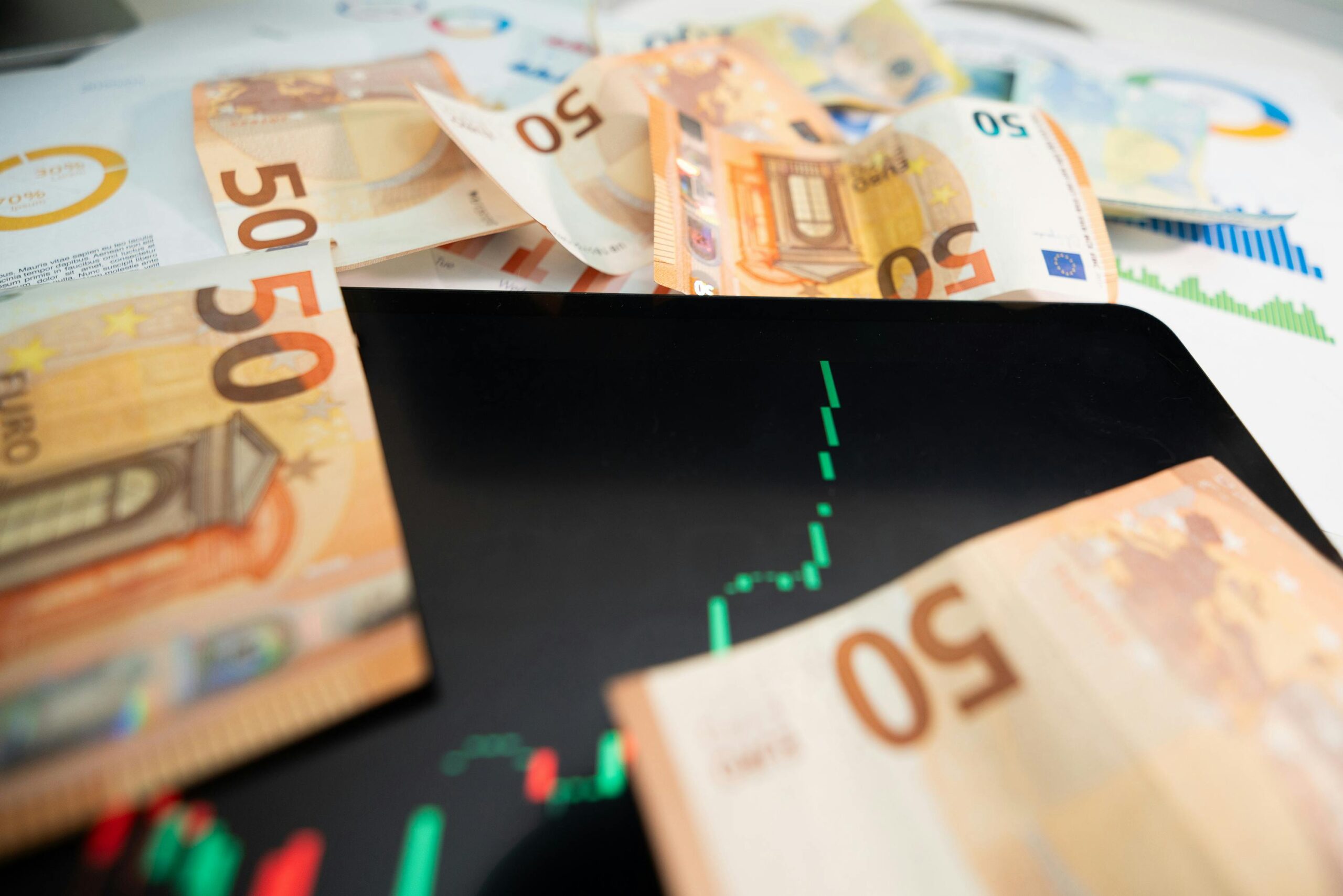Dynamic pricing has long been common practice not only in e-commerce, but also in ticketing. With the help of algorithms and AI, prices are flexibly and fully automatically adjusted to demand and supply in order to maximize overall sales. Many of the measures, such as early-bird promotions or member benefits, are established practices, but modern technologies are opening up completely new dimensions of implementation. However, while the British band “Oasis” created a shitstorm with their dynamic pricing strategy in 2024 (Source: RollingStone), other artists such as Ed Sheeran or Taylor Swift decide against the concept for the sake of their fans (Source: Daily Mail). So how can you maximize your ticket revenue with dynamic pricing without compromising your customers’ satisfaction?

What is dynamic pricing in ticketing?
Dynamic pricing means that the ticket price changes automatically in real time, depending on supply, demand and other influencing factors.
Instead of a fixed price for all, we distinguish between the following dynamic pricing models:
Time-based
→ Prices increase over time
Example: early booking discounts, last-minute surcharges
Demand-based
→ Prices react to demand
Example: High demand = price increase
Inventory-based
→ Price change depending on capacity utilization
Example: from 80 % capacity utilization automatically 10 % more expensive
Segment-based
→ Price differentiation according to target group
Example: memberships, VIP tickets
How is this relevant to event organizers?
In times of fluctuating visitor numbers, flexibility is a decisive success factor. Dynamic prices allow you to sustainably improve not only your revenue but also your capacity utilization. This means you can respond flexibly to your customers’ willingness to pay and are sure to have a full house.
3 key benefits at a glance:
- More revenue per seat: You make the most of your revenue potential, especially when demand is high.
- Better utilization: You can discount less popular dates or seats to fill gaps.
- Data-based decisions: You don’t rely on gut feeling, but on clear KPIs and sales trends.
6 steps towards dynamic pricing in ticketing
Build up an intelligent price management system step by step – ideally in combination with the right technological basis.
A good ticketing platform should enable you to:
- Set up flexible pricing models
- Automatically adjust prices
- Analyze sales trends in real time
- Clearly define limits and price ranges
- Provide reports for evaluation
Intelligent price management with the egocentric Systems Event Manager
Get to know our event manager! In a free, no-obligation live demo, we will show you what is possible with our comprehensive system.
1. Creating a data-based foundation
2. Defining pricing models
There are various approaches here, such as early booking discounts, rising prices as demand increases or automatic price adjustments according to time intervals. It is important to choose a transparent and comprehensible pricing model that suits the target group.
3. Setting rules and limits
Dynamic yes – but in a controlled manner! You should define clear rules that are used to change prices. Such rules can be minimum and maximum prices, discount limits and clearly defined triggers for price changes (e.g. when only 20% of tickets are still available).
4. Integrating the ticketing system with dynamic pricing
Dynamic pricing can hardly be implemented efficiently without technological support. Systems such as egocentric Systems offer integrated tools with which prices can be automatically adjusted according to defined rules in real time and without additional effort.
5. Ensuring transparent communication
6. Ongoing monitoring and optimization
Read what our costumers from different branches have to say about working with us.
The limitations of dynamic pricing
A central point of criticism concerns the lack of transparency for consumers: if prices are constantly changing, this can give customers the impression of arbitrariness or unfair treatment. Especially at cultural events or public events with low capacity utilization, the question of social justice arises when, for example, early bookers suddenly pay more than spontaneous buyers. On the other hand, there are major events with a veritable rush of visitors in advance sales, where attending an event suddenly mutates into a luxury good due to high demand.
Due to such horrendous practices by major ticket platforms, the EU Commission has also been looking into the issue of dynamic pricing since 2023. The question is whether the way Ticketmaster uses dynamic pricing is compatible with current consumer protection law and whether regulatory measures need to be taken to maintain fairness in the digital space. (Source: European Parliament).
Poorly communicated and disproportionate price increases also lead to an increase in shopping cart abandonment. Furthermore, it is conceivable that some visitors will boycott organizers or providers if they know that dynamic pricing is used for sales. Caution is therefore advised here: Poorly configured dynamic pricing can lead to confusion, falling conversions or even shitstorms on social media.
Ultimately, the only question that remains for event organizers at this point is their own value compass. Do I want to (literally) maximize my sales at all costs and thus unintentionally exclude certain target groups?
What you should pay attention to
- Transparency towards customers: Communicate price ranges openly.
- Complexity of pricing logics: Keep it simple. Use a maximum of 2-3 rules in the system at a time.
- Evaluate results: Every price adjustment should also come with a learning effect.
Your questions.
- At what event size is dynamic pricing worthwhile?
Dynamic pricing is not only worthwhile for large events with thousands of seats. A flexible pricing strategy can make sense from around 200-300 tickets that can be sold. Especially if you have seasonal fluctuations, different target groups or a longer advance booking period.
- Can I combine dynamic pricing with fixed price categories?
Yes, this is actually a very common strategy. For example, you can define fixed categories (front row, box, standing room, etc.) and work dynamically within these price ranges. This allows you to keep the structure and gain flexibility at the same time.
- How much control do I have over price changes?
You set the rules. The best systems let you:
- Set minimum and maximum prices
- Define trigger points (e.g. “after 70% capacity utilization +10% price”)
- Monitor sales trends and intervene manually
In short: you have full control and can still automate many processes.
- How do customers react to dynamic prices?
If you communicate early and transparently, most people will react positively or neutrally. It is important that you explain the added value, for example: “Book now and secure a lower price!” or “Early bookers pay less”. Dynamic pricing not only creates frustration, but also incentives to act.
- What is the difference between dynamic pricing and early bird offers?
Early bird offers are time-limited discounts that are usually set manually and are independent of demand. Dynamic pricing, on the other hand, reacts continuously to real-time data and adjusts automatically. You can use early bird offers as part of your dynamic pricing strategy, but they do not replace a fully-fledged solution.

egocentric Systems becomes official ticketing partner of the German Football League
READ NOW
